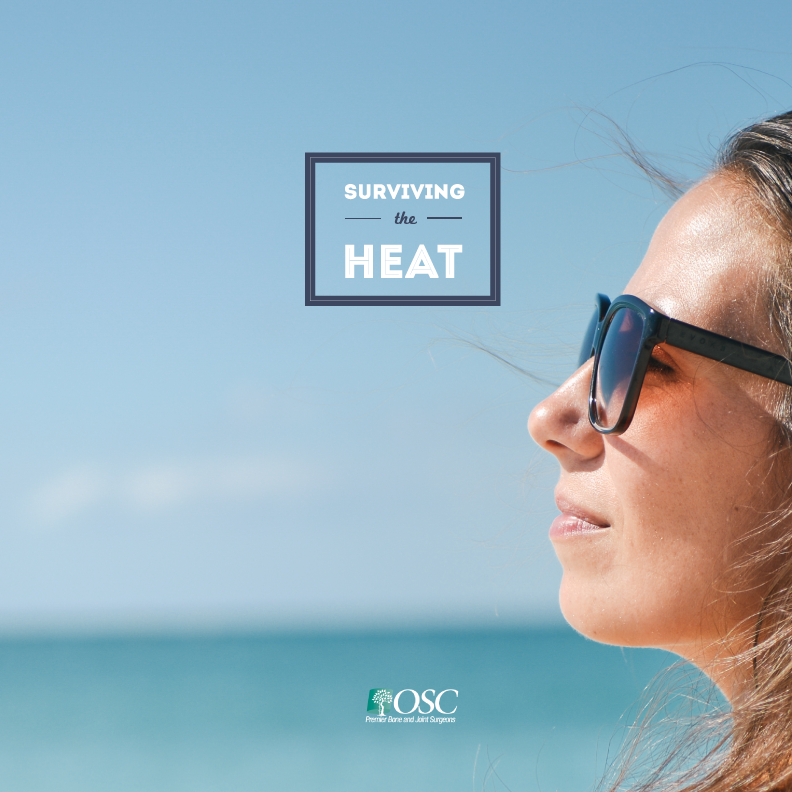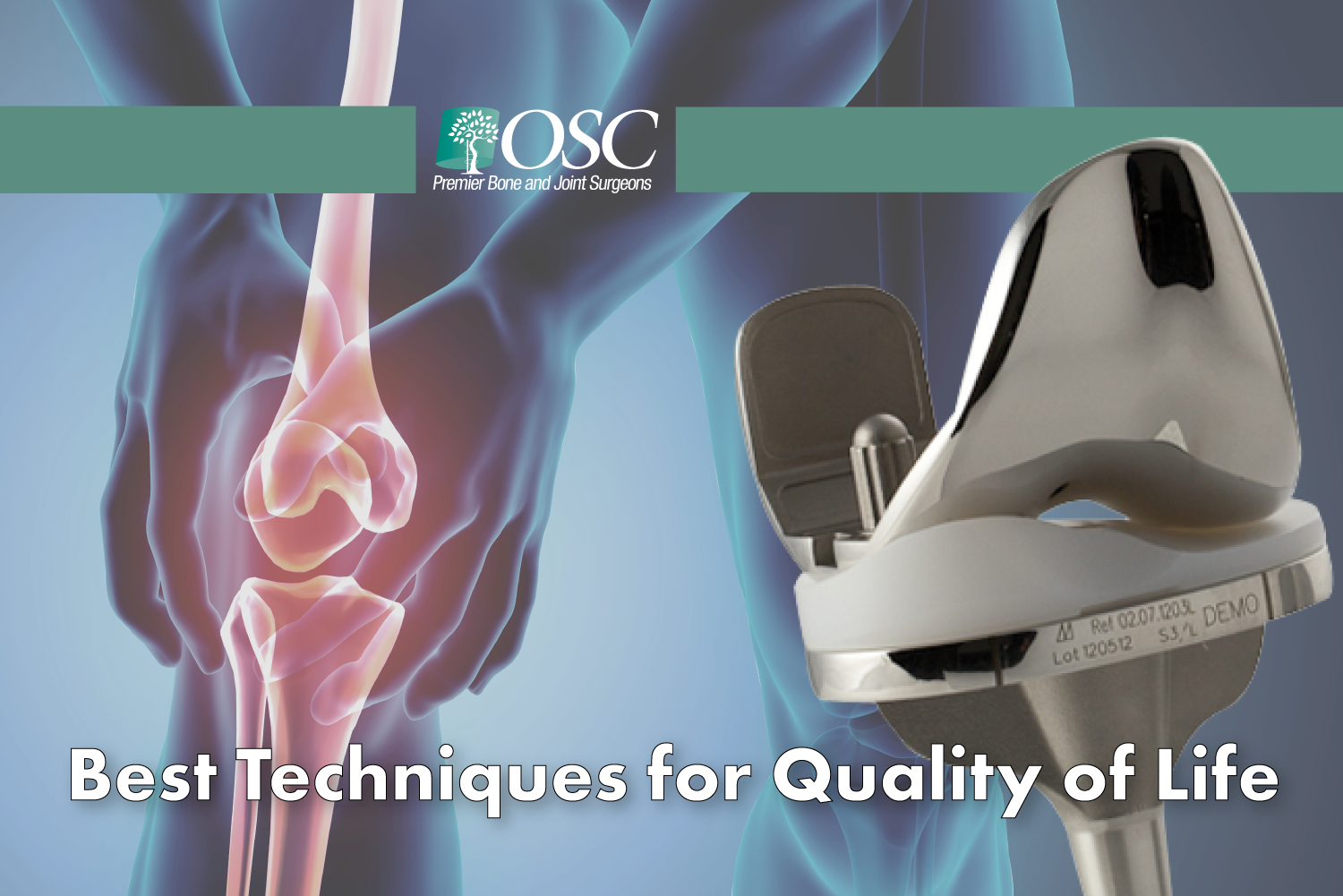 We wait for summer all year long. Races, swimming, frisbee in the park, and that perfect day at the beach. It really is the best time of year.With all our activities are in full swing, we try to see how much we can fit in these short Spokane summers.
We wait for summer all year long. Races, swimming, frisbee in the park, and that perfect day at the beach. It really is the best time of year.With all our activities are in full swing, we try to see how much we can fit in these short Spokane summers.
This past month in Washington State, record high temperatures have been the norm. Last month, Spokane hit 105 degrees, breaking the record temperature for the hottest day in the month of June. With extreme temperatures becoming more and more common, it’s easy to see why heat-related illness is on the rise. Heat-related injuries occur when people don’t respect the temperatures and push their bodies too hard in the heat. Common heat-related injuries are heat exhaustion and heatstroke. Heat exhaustion happens when your body temperature reaches a maximum level and begins to shut down. Symptoms of heat exhaustion include; dizziness, fainting, agitation, nausea, headache, slowed or weakened heartbeats, intense thirst and muscle cramps. If heat exhaustion is left untreated, heatstroke can develop. Heatstroke is when the body’s cooling system stops working. It can come on suddenly, without any of the symptoms of heat exhaustion, and can result in loss of consciousness and even death. On average 675 people die each year from complications resulting from heat-related illness.
Although no one is immune to the effects of extreme heat, there are some who are more vulnerable than others. The elderly, infants and small children, and those with chronic medical conditions worsened by the heat are those who are most at risk. Although the risks are very real, no one wants to hide out indoors during the most active time of year, so here are a few pointers on keeping your cool all summer long.
Stay hydrated
Staying hydrated is first on the list because it’s the most important. Your body needs water to survive – over half of our body weight is from water! When temperatures get hot, more water is required in order to keep your body at optimum temperature. Sweating is the body’s first defense against the heat, which can quickly lead to dehydration if you are not replenishing fluids. Symptoms of dehydration include:
- Little or no urine, or urine that is darker than usual
- Dry mouth
- Sleepiness or fatigue
- Extreme thirst
- Headache
- Confusion
- Dizziness or lightheaded feeling
If you feel any of these symptoms, especially on a hot day, drink water immediately. You may have heard the daily recommended amount of water is 6-8, 8-ounce glasses of water a day, which is a great amount to strive for. The truth is, different people require different amounts of water, depending on fitness levels and activities. The best way to monitor if you’re getting enough water is to watch the color of your urine. If your urine is colorless or light yellow, you are getting an adequate amount of water. If it’s darker, it’s time to drink more. Try carrying water with you wherever you go, or if you are doing something more strenuous, drink an electrolyte-based drink such as Gatorade or Powerade. Electrolytes, which contain potassium and sodium, are essential in regulating hydration levels because they help retain fluid in your body longer.
Eat light
There’s a reason heavy foods don’t sound as appealing on a hot day. Foods with a lot of fat and calories tend to heat up our bodies and make us feel sluggish afterward. Instead of ordering that hamburger and fries, try eating a salad instead. Foods that are easily digestible, like fruits and vegetables, will keep you going in the heat without making you hot and drowsy.
Go swimming!
After all, this is what summer is all about right? Swimming is the perfect remedy for a hot day and will keep your entire body cool. Nothing beats a clean, cold lake on a near-triple-digits kind of day. Better yet, it’s a great way to exercise in the heat. Unlike running outdoors, you can maintain intensity without overheating in the summer sun. Just remember to wear plenty of sunscreen! If you don’t have a lake or local pool nearby, remember that your shower can be used as an emergency cool-down device. A cold shower on a hot afternoon could be just the trick to resetting your body temperature.
Dress for the weather
As the mercury climbs, the clothes you wear should be lighter and loose fitting. Darker colors absorb heat, potentially turning your shirt into a hotbox. Loose fitting clothes give your body the opportunity to sweat in the heat, whereas tighter fitting clothes constrict your body’s first defense against the heat, causing your body temperature to rise.
Chill out during the day
In the summer, 11 a.m. to 4 p.m. is the hottest part of the day. Instead of training for your next 5k at noon, wake up early and do it. Four a.m. to 7 a.m. is the coolest part of the day and much easier on your body for physical activity.
Lose the shoes
Our ankles are like thermostats. If blood flow around them is hot, it will circulate that heat all throughout your body. Whenever possible, lose the shoes and you’ll notice your body will get instantly cooler. Even better, try dipping your feet in cold water for quick cool down.
Now lose the booze
Cheers to summer! But as nice as it might sound to kick back with an ice-cold beer on your porch in the middle of the day, alcohol is the last thing your body needs to beat the heat. Even though alcohol can be a cold liquid, it dehydrates the body once it’s processed, stealing from your water reserves. But if you must partake, replace fluid levels immediately. The general guideline is matching beer and water ounce for ounce, or one beer on the porch equals one glass of water once you’re back in the house. And try to keep it under a few. Alcohol not only dehydrates but also depletes potassium levels which are used to regulate fluid absorption.
The other enemies of hydration in the summertime are caffeine, sugar and salt. Caffeine is a diuretic, meaning it will cause your body to pass more urine, leading to dehydration. Sugar and salt have a similar effect when it comes to fluid levels They absorb water inside of your body, making it unusable to regulate heat. Although small amounts of salt can be good for retaining water or treating heat exhaustion, consuming too much it a fast track to dehydration.
Cool down the house
Obviously air conditioning keeps houses colder and can be a tremendous refuge from the summer heat, but if that’s not an option for you, there are a few tricks you can use keep your living space as cool as possible. Whenever the temperature gets below 77 degrees outside, open up all the windows and let the outside air in. The optimal time for this is at night after the air is cool and in the morning before the sun starts to intensify. Close down everything before mid-morning and make sure the curtains are drawn as well. This will keep as much cool air in as possible to help those hot afternoons stay more bearable. Even if you’re lucky enough to have air conditioning, you can still use this technique to save energy.
Spray bottle
This may sound kind of basic, but if your body’s primary heat defense is sweating, why not save some sweat and use a spray bottle instead? Simply spray water on your face, wrists and ankles whenever you feel overheated in order to prevent your body from sweating. This is great way to keep your hydration in check and to feel refreshed.
By simply being aware of the effects rising temperatures have on our physical performance, we can make sure to avoid heat-related injuries. Most cases of heat exhaustion and heatstroke come from being unprepared. Before leaving on a long hike, make sure you have plenty of water. Before going outside for that run, ask yourself what time of day it is and if you can manage the heat. Your good sense won’t steer you wrong when it comes to avoiding heat-related injuries. Stay in the shade, sit by the fan, and chill out! But let’s be sure to not just survive the summer, let’s live it and enjoy it. After all, it’s only here for a short time.




